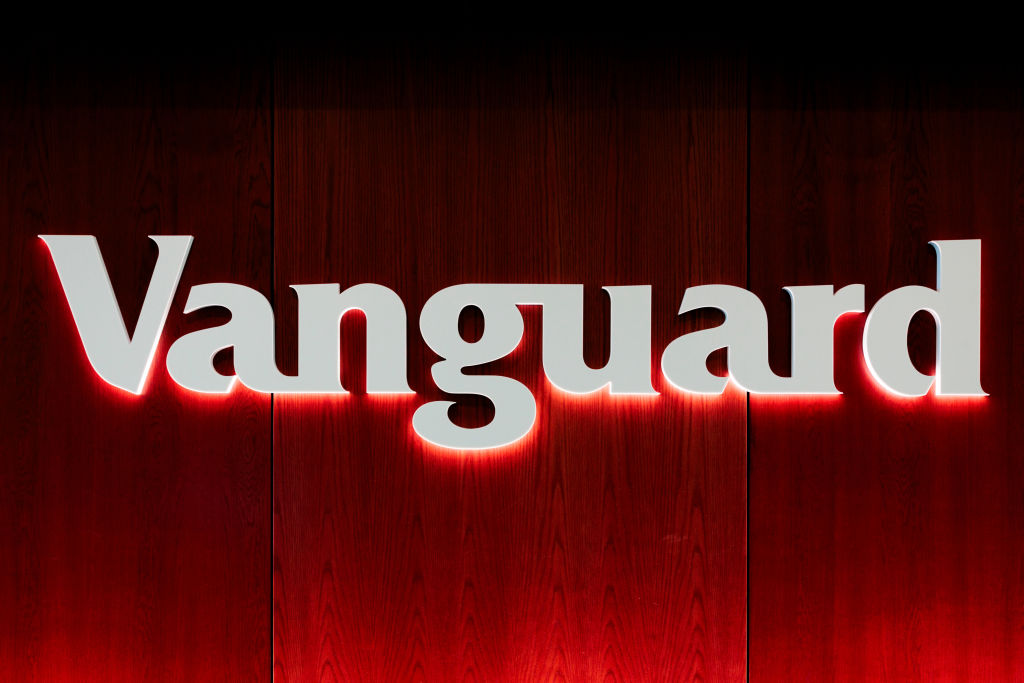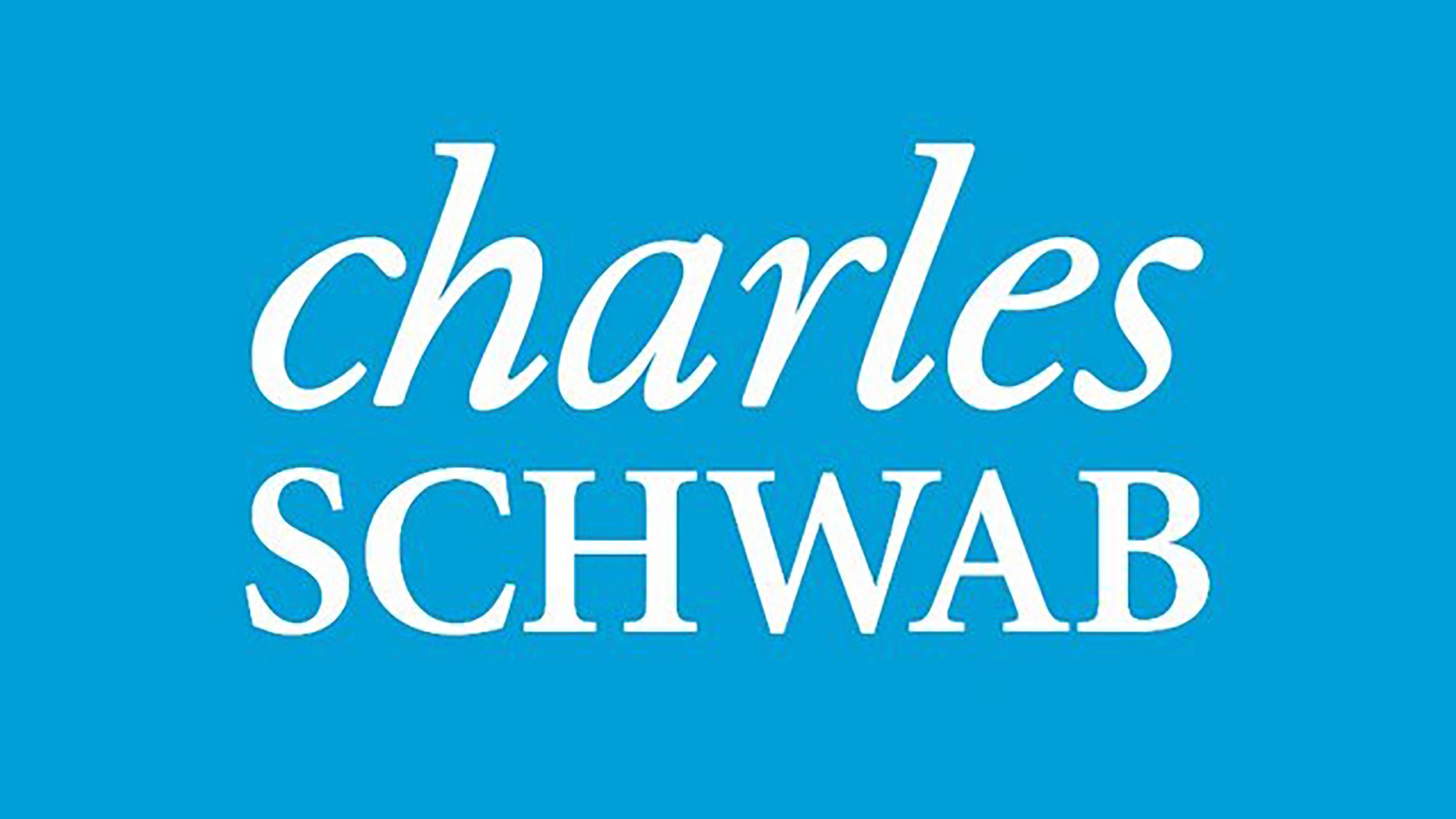
Investor attention over the past decade has concentrated on mega-cap names even as many midsized public companies have quietly held their own.
The famous Magnificent 7 trade – including Alphabet (GOOGL), Amazon.com (AMZN), Apple (AAPL), Meta Platforms (META), Microsoft (MSFT), Nvidia (NVDA) and Tesla (TSLA) – has been driving the market. But history suggests the mid-cap universe is consistently full of opportunities.
A September 2015 white paper by S&P Global (pdf) found that the S&P MidCap 400 Index had outperformed both the large-cap S&P 500 and the small-cap S&P 600 over the prior 20 years as well as across a range of rolling time frames.
Researchers credited this result to where mid caps sit in a company's life cycle. These firms have already cleared the hurdles that small caps face, such as securing financing and proving their business model.
Yet they remain nimble enough to keep growing faster than mature large caps.
In short, mid-caps uniquely combine stability with room for expansion.
Many mid-cap ETFs use S&P Global's indices as benchmarks, but they aren't the only options. Competing index providers have their own definitions of what qualifies as "mid cap."
How these indices are constructed can lead to meaningful differences in ETF performance. Understanding those distinctions is key before identifying the best mid-cap ETFs to buy.
Understanding the mid-cap space
There's no single definition of what qualifies as a mid-cap stock. For instance, Investopedia defines mid caps as companies with market capitalizations between $2 billion and $10 billion.
But for investors, narrowing the focus to a specific benchmark is often more practical. It allows for better comparisons of sector weights, valuation metrics and historical performance. For beginners, the S&P MidCap 400 Index is a useful starting point.
To be included in the S&P 400, a company must have a market cap between roughly $1.4 billion and $5.9 billion. A company can't appear in both the S&P 500 and S&P 400 at the same time, which prevents overlap between the large- and mid-cap universes. Each index is overseen by a committee that applies screens for earnings consistency, profitability and trading liquidity to ensure investability.
The composition of the S&P 400 differs meaningfully from large-cap benchmarks like the S&P 500. Mid caps tend to have heavier exposure to industrials, real estate and materials and less to technology and communications.
This reflects where mid-cap firms typically operate – industries that require physical assets, regional infrastructure and steady growth rather than global platform dominance or network effects.
Valuations also diverge. As of October 29, the S&P 400 traded at 2.64 times book value and 20.93 times earnings, compared with 5.63 and 30.96, respectively, for the S&P 500. That gap suggests mid caps are priced far more modestly relative to fundamentals, potentially offering better value without the extremes of small-cap volatility.
These characteristics apply specifically to how S&P defines mid caps. Other providers, such as Russell and MSCI, use slightly different size cutoffs or inclusion rules, which can widen or narrow the range of eligible companies.
Still, across methodologies, mid caps generally share a few traits: less overlap with major large-cap benchmarks, greater diversification across industries, and a balance between growth potential and financial maturity.
How we picked the best mid-cap ETFs to buy
As usual, the selection process begins by deciding which types of ETFs to exclude.
For mid caps, that means dropping actively managed funds. Despite reasonable valuations and less analyst coverage in this segment, active managers still struggle to deliver consistent long-term outperformance.
Evidence from the S&P Indices Versus Active (SPIVA) scorecards is clear. Over the preceding 15 years, 83.72% of all actively managed mid-cap funds underperformed the S&P MidCap 400 benchmark.
With those odds, it made sense to limit our picks to low-cost, index-tracking ETFs that deliver reliable exposure.
From there, we apply three main criteria: liquidity, assets under management and fees.
Liquidity: We focused on ETFs with a 30-day median bid-ask spread of 0.05% or less. Narrow spreads make it easier and cheaper for investors to trade without losing performance to transaction costs.
Assets under management: To ensure fund stability and lower closure risk, we required at least $1 billion in assets. Larger funds also tend to have better secondary market liquidity.
Fees: We capped expense ratios at 0.20%. Mid-cap ETFs are a highly competitive segment, so investors don’t need to pay up for exposure. This is a stricter standard than we’ve used for more specialized thematic or sector ETFs, where higher costs are harder to avoid.
Here are the best mid-cap ETFs to buy.
Data is as of October 29.
iShares Core S&P Mid-Cap ETF

- Assets under management: $99 billion
- Expense ratio: 0.05%
- 30-day median bid-ask spread: 0.02%
- 10-year annualized total return: 10.77%
The iShares Core S&P Mid-Cap ETF (IJH) is the most popular mid-cap ETF by assets, offering straightforward, low-cost exposure to the S&P 400 MidCap Index.
IJH distributes dividends quarterly, currently trading with a 1.27% 30-day SEC yield. And it trades more than 10 million shares on average every 30 days, making it among the most liquid ETFs in the U.S. market.
While IJH might seem like a "buy the haystack" option for mid caps, its underlying benchmark isn't purely size-based.
The S&P committee applies additional screens for profitability, liquidity and financial viability, which filter out weaker companies and make the index more curated than the name implies.
Learn more about IJH at the iShares provider site.
Vanguard Mid-Cap ETF

- Assets under management: $89 billion
- Expense ratio: 0.04%
- 30-day median bid-ask spread: 0.02%
- 10-year annualized total return: 11.39%
In typical Vanguard fashion, the Vanguard Mid-Cap ETF (VO) slightly undercuts IJH on costs with a 0.04% expense ratio, just one basis point cheaper, but meaningful for large portfolios or long-term compounding.
Liquidity is similar, but performance has been stronger over the last decade.
VO tracks the CRSP US Mid Cap Index, a benchmark that targets companies between the 70th and 85th percentile of investable market capitalization.
Eligible stocks must have a total market cap above $15 million, a public float exceeding 12.5% and sufficient trading volume to ensure liquidity. The fund fully replicates the index, holding roughly 290 companies.
Learn more about VO at the Vanguard provider site.
iShares Russell Mid-Cap ETF

- Assets under management: $44 billion
- Expense ratio: 0.18%
- 30-day median bid-ask spread: 0.01%
- 10-year annualized total return: 11.22%
The iShares Russell Mid-Cap ETF (IWR) is the sponsor's alternative to IJH.
While more expensive, IWR is slightly more liquid and may appeal to traders. It tracks the Russell MidCap Index, one of the broadest mid-cap benchmarks, with more than 800 holdings.
Despite the higher cost, IWR serves a useful role for tax-loss harvesting.
Investors who sell IJH to capture losses can swap into IWR without violating the IRS wash-sale rule, since the two track different indexes and are not considered "substantially identical."
Learn more about IWR at the iShares provider site.
Vanguard S&P Mid-Cap 400 ETF

- Assets under management: $4.6 billion
- Expense ratio: 0.07%
- 30-day median bid-ask spread: 0.06%
- 10-year annualized total return: 10.71%
If you prefer to stay within Vanguard's ecosystem, the Vanguard S&P Mid-Cap 400 ETF (IVOO) is its version of the S&P 400 MidCap Index tracked by IJH.
On paper, IVOO is slightly less appealing, with a higher expense ratio and a wider trading spread. The difference comes down to ownership structure.
Vanguard operates as a cooperative owned by its fund shareholders, while iShares is part of profit-driven BlackRock.
It's a subtle distinction, but some investors may prefer Vanguard's alignment of interests over the long run.
Learn more about IVOO at the Vanguard provider site.
Schwab U.S. Mid-Cap ETF

- Assets under management: $12 billion
- Expense ratio: 0.04%
- 30-day median bid-ask spread: 0.02%
- 10-year annualized total return: 10.25%
For investors prioritizing ultra-low costs, the Schwab U.S. Mid-Cap ETF (SCHM) is among the cheapest options in the mid-cap category.
Its 0.04% expense ratio translates to just $4 annually on a $10,000 investment. When competition is this tight, even a single basis point can matter over time.
SCHM tracks the Dow Jones U.S. Mid-Cap Total Stock Market Index, which includes about 500 companies.
This distinct benchmark also makes it a good tax-loss harvesting candidate for investors holding IJH, VO or other mid-cap ETFs, since the indexes differ.
Learn more about SCHM at the Schwab provider site.







